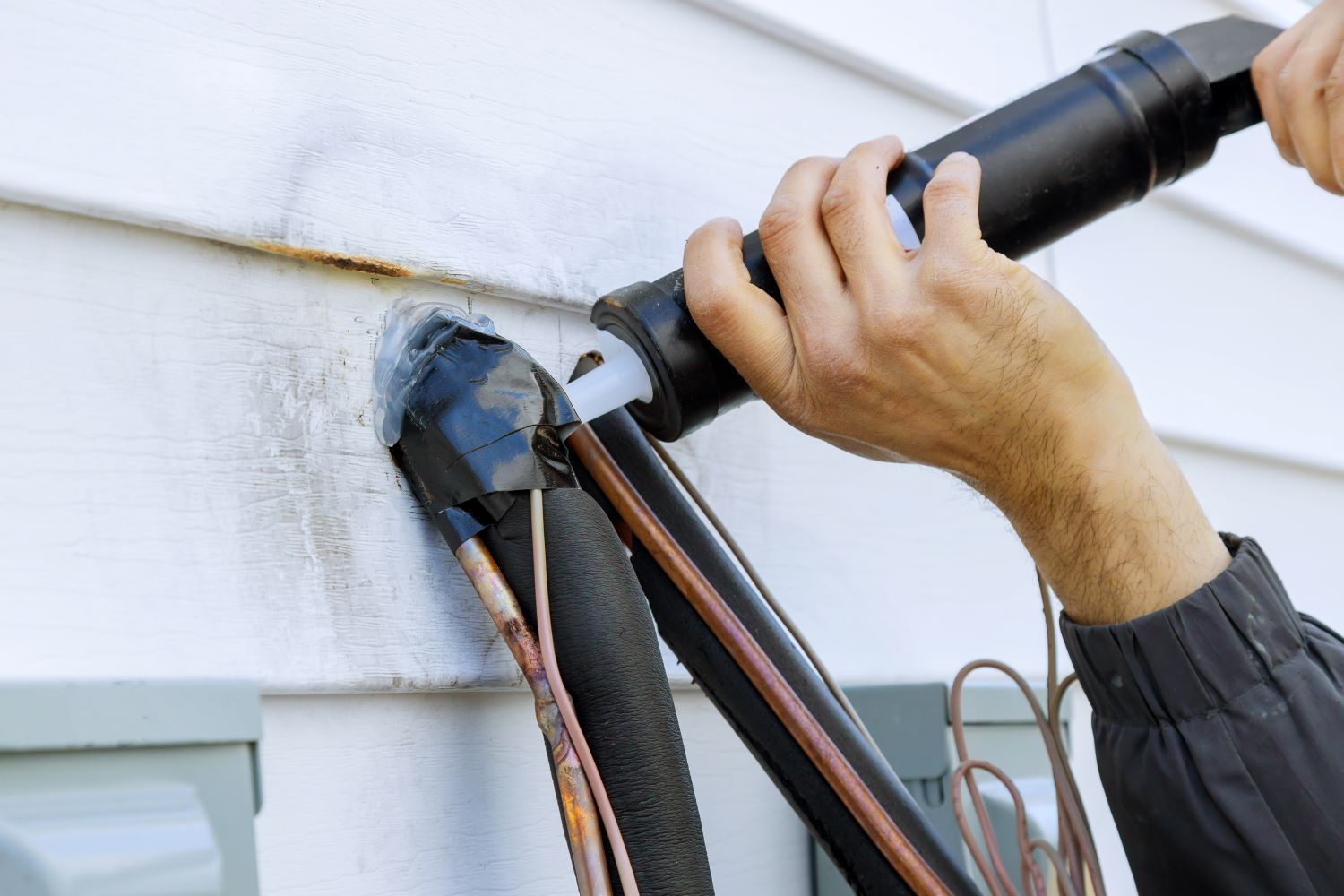
The Role of Insulation in Commercial Buildings

In the realm of commercial construction, every detail matters. From the foundation to the roof, every component plays a crucial role in the overall performance and efficiency of the building. One such component that often goes unnoticed but holds immense importance is insulation. In this article, brought to you by Insulation Contractors London, we'll explore the type of insulation used in commercial buildings and its significance in ensuring comfort, energy efficiency, and cost savings.
Type of Insulation Used in Commercial Buildings:
- Spray Foam Insulation: Spray foam insulation is a popular choice for commercial buildings due to its versatility and effectiveness. It is applied as a liquid foam that expands to fill gaps and voids, creating a seamless barrier against heat transfer. Spray foam insulation offers superior thermal performance and air sealing properties, making it ideal for a wide range of applications, including walls, ceilings, and roofs.
- Fiberglass Insulation: Fiberglass insulation consists of tiny glass fibers that are woven together to create a dense, lightweight material. It is available in batts, rolls, and loose-fill form, making it suitable for various installation methods. Fiberglass insulation is known for its affordability, fire resistance, and sound absorption properties, making it a popular choice for commercial buildings.
- Mineral Wool Insulation: Mineral wool insulation, also known as rock wool or mineral fiber insulation, is made from molten rock or recycled slag that is spun into fibers. It offers excellent fire resistance, sound absorption, and thermal performance, making it well-suited for use in commercial buildings where fire safety and acoustic control are priorities.
Importance of Insulation in Commercial Buildings:
- Energy Efficiency: Proper insulation plays a crucial role in reducing heat loss and heat gain, thereby improving the energy efficiency of commercial buildings. By minimizing thermal bridging and air leakage, insulation helps maintain consistent indoor temperatures and reduces the workload on heating, ventilation, and air conditioning (HVAC) systems, leading to lower energy bills and operational costs.
- Comfort: Insulation helps create a comfortable indoor environment by regulating temperature extremes and minimizing drafts and cold spots. By providing thermal insulation, it helps keep occupants comfortable year-round, regardless of external weather conditions.
- Sound Control: In commercial settings such as offices, retail spaces, and healthcare facilities, sound control is essential for creating a productive and peaceful environment. Insulation helps absorb sound vibrations and reduce noise transmission between rooms, enhancing acoustic comfort and privacy for building occupants.
- Moisture Management: Proper insulation also helps prevent moisture buildup within the building envelope, reducing the risk of mold, mildew, and moisture-related damage. By creating a barrier against moisture intrusion, insulation helps protect the structural integrity of the building and ensures a healthy indoor environment.
In conclusion, insulation plays a vital role in the performance, comfort, and efficiency of commercial buildings. Whether it's spray foam, fiberglass, or mineral wool, choosing the right type of insulation and ensuring proper installation is essential for achieving optimal results. At Insulation Contractors London, we specialize in providing high-quality insulation solutions tailored to the unique needs of commercial projects. Contact us today to learn more about our services and how we can help enhance the performance and comfort of your commercial building.










We bring pride and passion to every project that we undertake, with a professional team of contractors dedicated to quality service.
Company
Services
Contact
*This is a referral website. All work is completed by licensed contractors.
